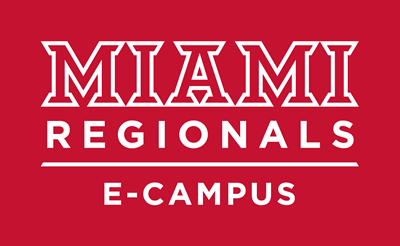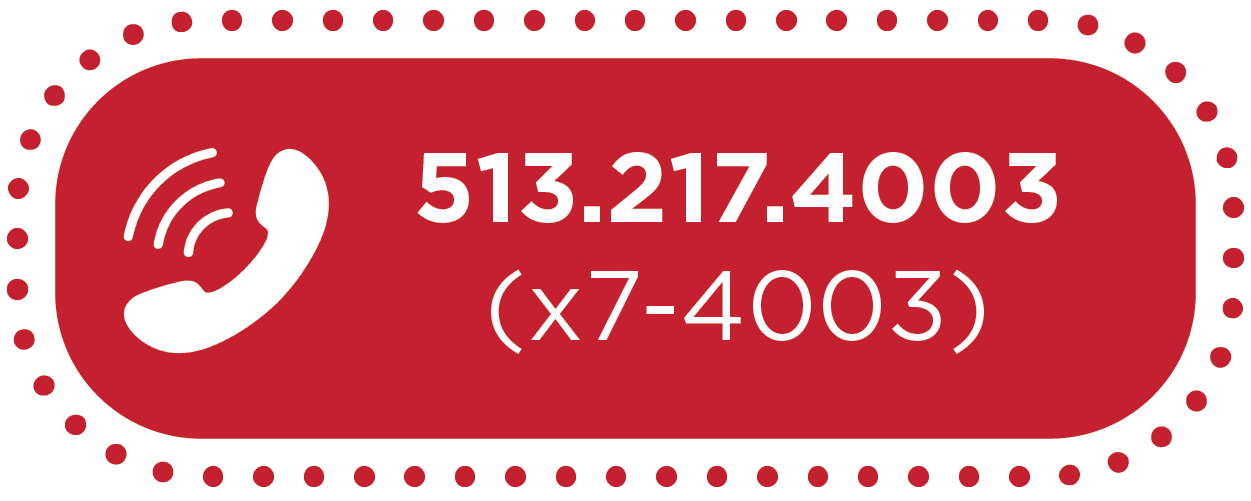
How-To: Create Graded Assessments in Canvas


By:  Robyn Brown &
Robyn Brown &  Gracia Ostendorf
Gracia Ostendorf 
Types of Graded Assessments in Canvas
There are multiple ways to collect work, assess student performance, and record scores in your Canvas course. Three of the most commonly used options for assessments are Assignments, Quizzes, and Discussion Boards. Each offer unique, and pedagogically different, opportunities for engaging students with your course content. This guide will explain each type of Canvas graded course activity further, as well as provide the step-by-step instructions for creating them within your Canvas course site.
Any graded assessment will automatically show up in your Canvas Gradebook, where you can keep track of your students’ progress and course grade. You simply need to ensure that the assessment you’ve created is a “graded” type in Canvas for it to appear in the Gradebook. Watch the video or read through the steps below to learn how to do that for Canvas Assignments, Canvas Discussions, and Canvas Quizzes.
Explore Each Type and How-to Create Them
Assignments
“Canvas Assignments” is a broad term used for all of the graded activities within Canvas. “Assignments” can include:
- Quizzes
- Graded Discussion Boards
- Note: It is possible to have a Discussion Board in Canvas that is not graded. This type of Discussion Board would not be referred to as an “Assignment.”
- Online Submissions (i.e. files, images, text, URLs, etc.)
Assignments in Canvas can be used to challenge students' understanding and help assess competency by using a variety of media. The Assignments page shows students all of the Assignments that will be expected of them and how many points each is worth. Any assignment created and published in the Assignments page will automatically show up in the Grades, Calendar, and Syllabus features so students can view them. The reverse is also true: any assignments created in the Calendar will automatically show up in the Grades, Assignments, and Syllabus features. Assignments can also be organized in Modules.
Assignments can be used to:
- Set up online submissions that can be quickly graded in the SpeedGrader
- Grade Discussions, either by the whole class or student groups
- Set up peer reviews
- Facilitate online tests and exams (using Quizzes)
- Open Quizzes for a limited amount of time
- Record attendance
- Create ungraded activities
A Canvas Assignment includes instructions written by the instructor and collects student work in a variety of possible formats, such as:
- a text submission
- a website URL
- media recordings (audio or video files)
- file uploads
To Create An Assignment in Canvas:
- Create a new assignment in your Canvas course by clicking “Assignments” in the left-hand navigation menu, followed by the blue “+ Assignment” button in the upper-right-hand corner
- Add instructions for the assignment in the text editor box
- In the options below the text editor box:
- Select the number of points the assignment is worth
- Keep Submission Type as “Online”
- Select the formats you’d like to allow for students’ submissions (Online Entry Options)
- Choose a due date for the assignment
- Click the Save button to save your Assignment as a draft, or click the Save & Publish button to make your Assignment live and visible to all students in the course.
- ***NOTE: Assignments, Quizzes, & Discussion Boards must be “Published” in order to be visible to students. View the Canvas Guide for Publishing Assignments for more details.
Additional Resources:
E-Campus’ Canvas Instructor Orientation’s: Create Assignments Resource
Quizzes
Quizzes in Canvas are assignments that can be used to build formative and/or summative assessments to test students’ understanding of course contents.
There are four different quiz types:
- A graded quiz is the most common quiz and rewards students’ points based on their quiz responses
- A practice quiz is a learning tool to see how well users understand course material without providing a grade
- A graded survey rewards students with points for completing a survey but grading is not based on right or wrong answers
- An ungraded survey obtains opinions or other information without providing a grade
To Create a New Quiz
- Click on Quizzes from the Navigation Menu and click on the Add Quiz button
- In the Details tab, enter the name of your quiz. In the Rich Content Editor, introduce your quiz with formatted text, images, video, or sample math equations. You can even use the media commenting tool to record an introduction to the quiz. Then scroll down to finish setting up the quiz type, group assignment selection and give it a due date if needed
- Click on the Questions tab, manually enter a new question by clicking the Add New Question button. Name the quiz questions, select a question type (short answer, essay answer, multiple choices, etc.), assign a point value and click Update Question
- Preview your questions. If you’d like to view question details, click the Show Question Details checkbox
- Save and Publish. Once you’re satisfied with the questions, save your quiz and publish it. If you’d like to come back to it, just click Save
Here is a video tutorial on How to Create a New Quiz in Canvas. You may also create question banks so that you can find individual questions easily without having to create them each time. Check out this guide on How to Create a Question Bank.
Additional Resources:
E-Campus’ Canvas Instructor Orientation’s Create Quizzes Resource
Discussion Boards
Canvas provides an integrated system for class discussions, allowing both instructors and students to start and contribute to as many discussion topics as desired. Discussions can also be created as an assignment for grading purposes (and seamlessly integrated with the Canvas Gradebook), or simply serve as a forum for topical and current events.
Discussion topics can be organized as focused or threaded discussions. Focused discussions only allow for two levels of nesting, the original post, and subsequent replies. Threaded discussions allow for infinite levels of nesting. Focused discussions are relatively short-lived interactions, while threaded discussions allow replies within replies and may last for a longer period of time.
Use a focused discussion for single posts and related comments. One discussion leader typically posts a message and multiple learners comment on it. Participants may leave a side comment to a reply, but cannot develop the conversation beyond two layers of nesting. focused discussions might also be used to:
- answer a single question
- share resources amongst peers
- collect results from a simple research activity
- share solutions to a single problem
- correct misconceptions
- clarify course policies
- get feedback on a work in progress
- share insights about a single reading
Use a threaded discussion for multiple posts and related comments. One or more discussion leaders post a message and multiple learners comment on it with the freedom to create any number of related discussion topics and comments.
Threaded Discussions might also be used to:
- post and answer multiple, related or unrelated questions
- organize results from a complex research activity
- share and iterate upon ideas shared by each student in the course
- debate the pros and cons of a single issue or multiple issues
- ask multiple questions of a single discussion leader
- refine ideas between multiple discussion leaders and multiple learners
- facilitate group discussions around multiple topics
- facilitate discussions around a discussion (fishbowl conversations)
- explore at length the feasibility of different solutions to a complex problem
To Create a New Discussion:
- Click on “Discussions” from the left-hand course navigation
- Click “+ Discussion” on the right-hand side
- Create a title for your discussion
- Use the Rich Content Editor to create content for your discussion
- You can also add links, files, and add images
- Post to “All Sections” of the course or select special groups (if created)
- Select relevant discussion “Options”
- By default, discussions are crated as focused discussions. Select “Allow threaded replies” to create a threaded discussion
- To require users to reply to the discussion before they can see any other replies, click the Users must post before seeing replies checkbox
- To enable a discussion podcast feed, click the Enable podcast feed checkbox
- To allow students to like discussion replies, click the Allow liking checkbox
- To add an ungraded discussion to the student to-do list, click the Add to student to-do checkbox. Student to-do items display in the course calendar, in the student-specific List View Dashboard, and in the global and course home page to-do lists. Graded discussions automatically display in a student's to-do list
- To make the discussion a group discussion, click the This is a Group Discussion checkbox
- Adjust date settings
- Click Save, or Save & Publish to post it to students
Additional Resources:
E-Campus’ Canvas Instructor Orientation’s: Create Discussion Boards Resource
Canvas Guide: What are Discussions?
Next Steps
E-Campus have created a How-To: Set-Up and Use Canvas Gradebook guide. Once you have created graded course activities in Canvas, Canvas Gradebook will be your next step.










